For most Americans, Labor Day is nothing but one final three-day weekend before the onset of autumn. One last camping trip, beach outing or cookout before the accoutrements of summer are packed away for another nine months.
What the holiday was created to celebrate has been lost in the mists of time — thus providing the leaders of Big Labor with a tailor-made opportunity to lie about it.
And they will. Just as surely as we can expect commuters to gridlock the nation’s freeways through the long weekend, we can also count on the mainstream media’s editorial pages being littered with guest opinions from chest-thumping union moguls congratulating themselves for the laundry list of essential functions they perform that warrant a day in their honor.
And once again, they’ll be wrong on both counts.
Labor Day began in 1894 when President Grover Cleveland signed a congressional act designating the first Monday of September each year as a holiday to honor workers and their contributions to the country.
Union leaders like Peter J. McGuire, co-founder of the American Federation of Labor, and Matthew Maguire, secretary of the Central Labor Union, had long been clamoring for some sort of official commemoration, but it’s just as likely Cleveland saw the holiday as a way to reconcile with the working class after a violent strike in 1894.
But nothing in the wording or intent of the decree suggested paying tribute to the organized labor movement. Then as now, it was envisioned as an homage to workers, not their bargaining representatives.
Though Big Labor once deserved credit in its fight against child labor, wage-and-hour violations, unsafe job practices, and the like, today’s unions bear little resemblance to their forerunners.
Unions still negotiate for better pay and benefits, but in the private sector, at least, those efforts are constrained by the employer’s need to earn a profit while keeping costs low enough to compete in the free market.
Not surprisingly, only around 8 percent of private-sector jobs are unionized these days, as workers continue to wonder why they should pay hefty union dues every month for services no longer being provided.
UAW Files Federal Labor Charges Against Trump, Musk -
for an Offhand Comment in an Interview?
The landscape in the public sector is only marginally better, where pay raises are tied to tax increases rather than profits. But government workers, too, are increasingly recognizing that the value derived from union membership falls far short of the dues paid in.
The tipping point came in 2018, when the U.S. Supreme Court, in Janus v. AFSCME, affirmed that mandatory union membership and dues in the public sector violated workers’ First Amendment rights. In the years since, hundreds of thousands of government employees have opted out — too often having to battle every step of the way against unions more interested in profit than members’ best interests.
In fact, the principal function of today’s unions — in both the private and public sector — is to serve as a critical funding mechanism for leftist political candidates and causes.
Take the nation’s largest union for example. The National Education Association collected a staggering $377 million in dues and agency fees during 2021 alone.
Of that total, only $32 million — 8.5 percent — was earmarked for representational activity. The rest was used to line the pockets of union leaders and fund a whole range of failed liberal ideas.
This is what we’re celebrating on Labor Day?
This year, let’s honor those doing the work necessary to make this nation the most productive on earth. Not the dons of organized labor who see hard-working Americans as little more than a piggy bank to be plundered for their own greedy aims.
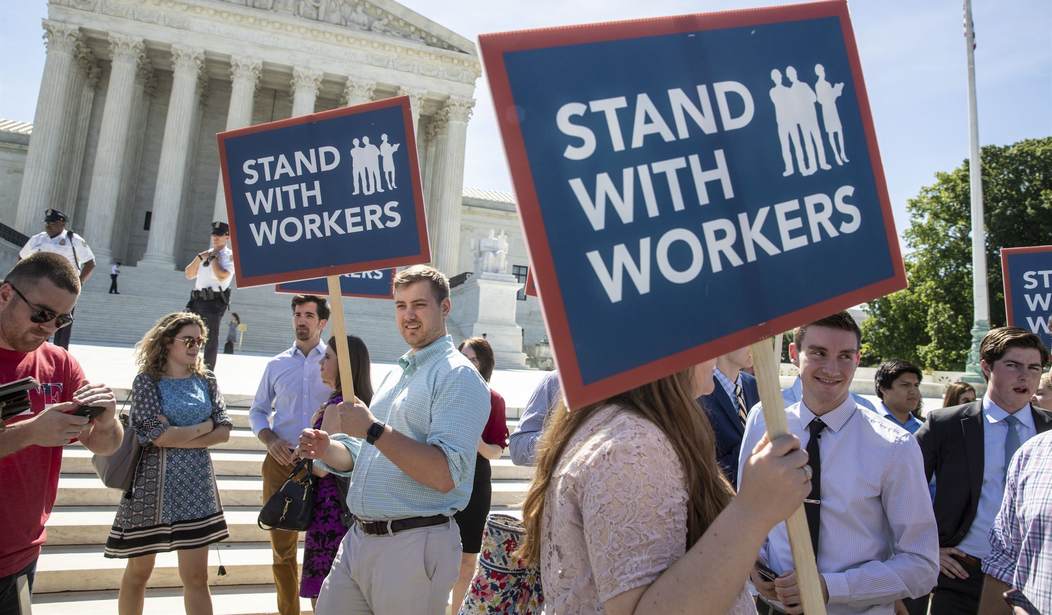
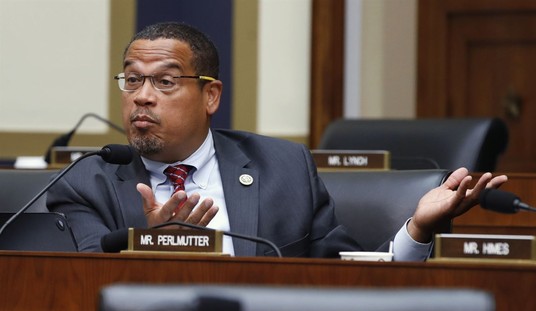
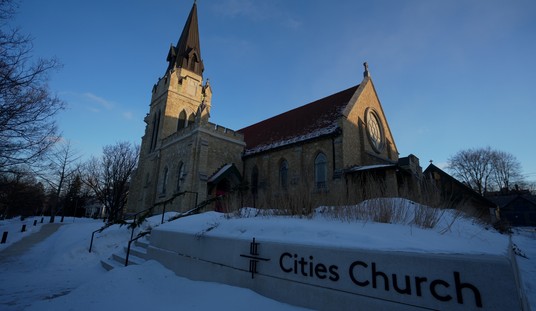

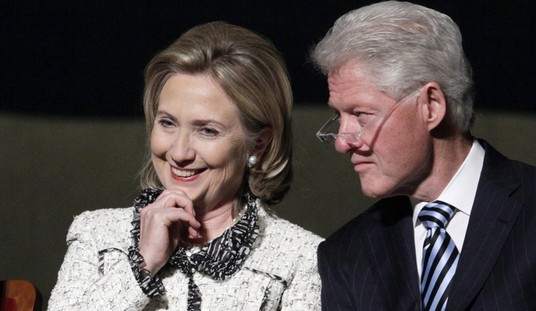






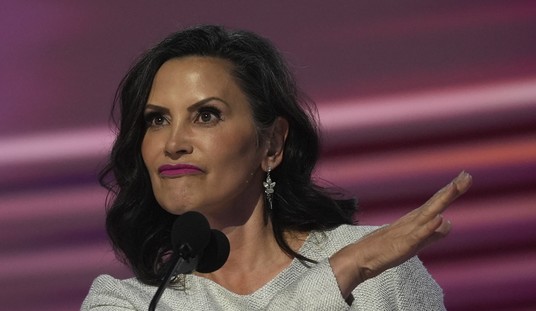


Join the conversation as a VIP Member